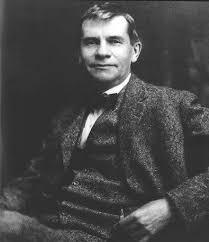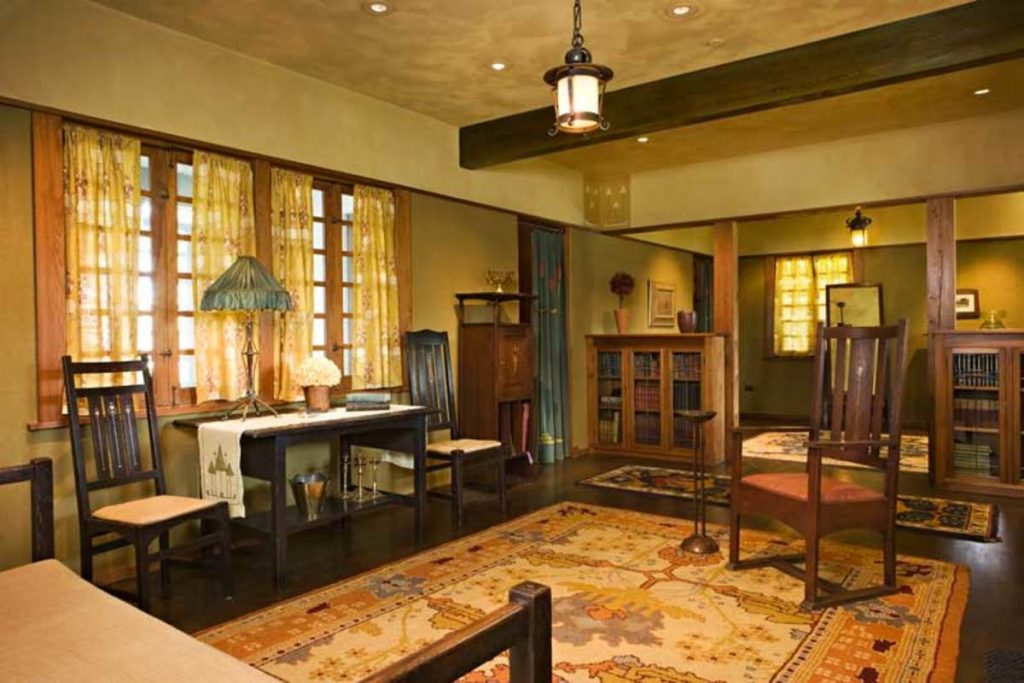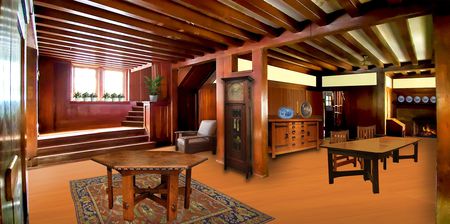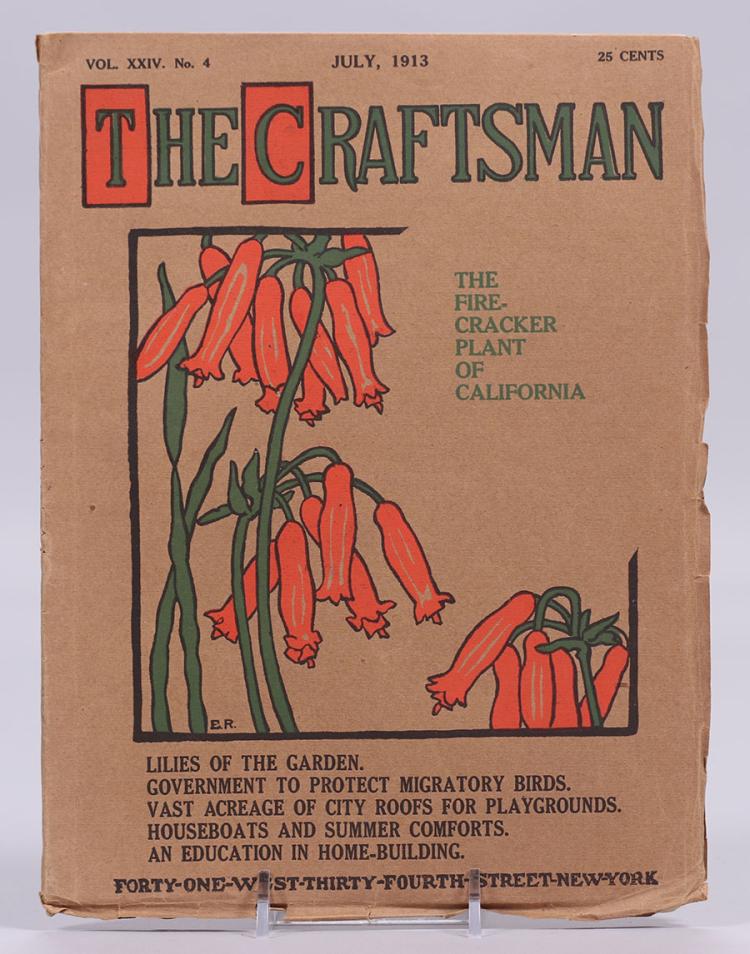Exploring The Craft Movement
Gustav Stickley (1858-1942)
“TRANSFORM”
In conjunction with the Craft Invitational exhibition, we invite you to explore some of the Craft movement’s figures, schools and issues.
Gustav Stickley was an American furniture designer and maker. He was the dominant voice of the American Craftsman movement and created what came to be known as the Mission style.
Stickley was born in Osceola, Wisconsin, a child of first-generation German immigrants. His formal education ended with his parent’s separation and he began training as a stonemason, helping to support his large family. He moved with his mother and siblings to Brandt, Pennsylvania about 1875, where worked at and later managed an uncle’s chair factory.
In 1883 he and his brothers Albert and Charles founded the Stickley Brothers Company in Susquehanna, Pennsylvania. A year later the business relocated to Binghamton, New York. By 1898 Stickley owned his own furniture business, The Gustave Stickley Company, in a suburb of Syracuse, New York.
Stickley traveled to Europe for the first time in 1895, They he was exposed to products of the English Arts and Crafts movement and the French Art Nouveau. A second trip a year later provided a spiritual awakening. The Arts and Crafts movement in Europe promoted well built, hand crafted, honest work. The movement was a reaction to the poor treatment of workers in the urban factories. Stickley embraced these ideas and sought to replicate its concepts in his furniture business.
Working with architect and designer Henry Wilkinson and, later, designer LaMont A. Warner, he created his first Arts and Crafts works in an experimental line called the “New Furniture” and, after exhibiting the designs in the Grand Rapids trade show in July 1900, he arranged for the Tobey Furniture Company of Chicago to distribute the line. These designs were a radical departure from the ornate furniture of the Victorian era. They reflected the Arts and Crafts ideals of simplicity, honesty in construction, and truth to materials. Unadorned, plain surfaces were enlivening by the careful application of stain so as not to obscure the grain of the wood. The mortise and tenon joinery were exposed to emphasize the structural qualities of the works. Hammered metal hardware, in armor-bright polished iron or patinated copper, emphasized the handmade qualities of furniture which was fabricated using both hand-working techniques and modern woodworking machinery.
At the very end of 1900, Stickley began offering middle class consumers a host of progressive furniture designs in ammonia-fumed quarter-sawn white oak.
Later that year he launched The Craftsman magazine, with Syracuse University professor Irene Sargent as editor. Sargent initially focused on the early work of William Morris and John Ruskin in England. As the magazine matured it broadened its coverage to include homes and home crafts, literature and music, architecture, city planning, social conditions and progressive political issues.
The Craftsman became the “Bible” for promoting the Arts and Crafts philosophy, as well as advertising a range of products of interest to the homemaker. It encouraged readers to escape their busy lives and dream of simpler times and a better world, to find pleasure in manual tasks like gardening and the creation of handcrafted work.
Stickley was an early and strong supporter of conservation issues. He also supported the Women’s movement as well as ideas involving fair treatment of employees.
Stickley began publishing house designs by various architects in 1902. His architectural ideas were delineated by his talented employees, most notably Harvey Ellis, who worked with Stickley through the latter half of 1903.
Subscribers to Stickley’s “Home Builders Club” were eligible to receive a free set of house plans on homes that would be designed and published each month in the magazine. By the time The Craftsman ended publication in 1916, there were more than 222 different home plans available to Stickley’s subscribers, and his “Architectural Department” would modify an existing design or create new homes on commission. Designs included the farmhouse, four-square, town house, cottage, and the bungalow, types familiar to the American public.
Homes were constructed in harmony with its landscape, using natural materials. Soft earth-toned colors predominated, and interiors included simplified moldings, stained wood, and features such as built-in cabinets and fireplaces with inglenooks for seating.
Stickley changed the name of his company The Craftsman Workshops in 1903 and marketed his product with the brand name “Craftsman,”. Ultimately over 100 retailers across the United States represented the brand. Three years later he moved his magazine, architectural department, marketing and sales operations to New York City.
In 1908, he began to purchase tracts of farmland in near Morris Plains, NJ. That would become known as Craftsman Farms. Despite being a nationally known tastemaker, with products known world-wide, and a highly competitive magazine circulation, Stickley sadly overreached.
Stickley leased an excessively expensive 12-story headquarters building in mid-town Manhattan — the Craftsman Building — beginning in 1913, only a year before the outbreak of World War I, just as his company began to operate at a loss, and just as interest in the Arts and Crafts movement was beginning to wane.
In 1915 Stickley filed for bankruptcy, owing nearly a quarter of a million dollars, The Craftsman ceased publication by the end of 1916, and he was forced to sell Craftsman Farms in 1917 to stave off foreclosure.
Stickley moved back to Syracuse where he lived until his death in 1942.
Known today as the creator of Craftsman furniture, Stickley was also a visionary spokesman and proponent for the Arts and Crafts philosophy. Today, the Stickley name is associated with the distinctive clean and simple style of mission furniture, also known as Craftsman style. Original Stickley furniture pieces are expensive and sought after.




